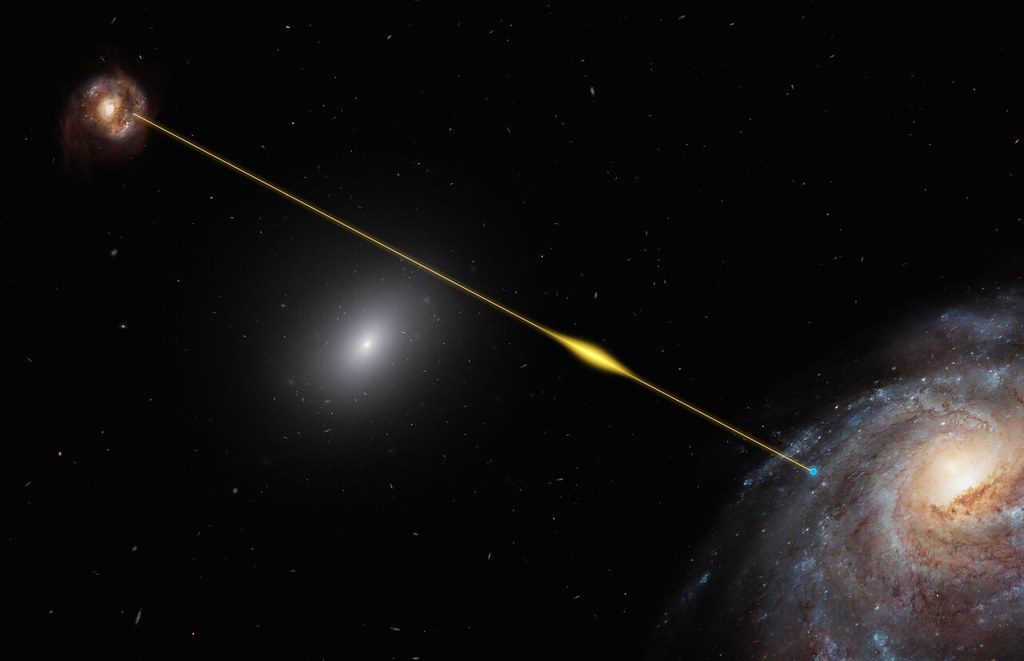
Recently, observational data showed that mysterious radio waves arrive from the far side of space, about 500 million light-years from Earth, every 16 days. As this is the first time this type of radio wave reaches periodically, astronomers are hoping to unravel the mystery of an unknown celestial phenomenon.
A fast radio burst (FRB) is an unknown celestial phenomenon in which radio waves are released suddenly in a short period of a few thousandths of a second. Until now, the location of the FRB has been identified, but the congestion has not been elucidated.
Among these, the University of Toronto Astrophysics Research Team observed whether there was a periodic occurrence of FRB using a Canadian radio telescope, the Canadian Hydrogen Intensity Mapping Experiment (CHIME). As a result of detailed analysis of the CHIME observation data from September 2018 to October 2019, the source of FRB exploded radio waves about 1-2 times an hour for 4 days, then silenced for 12 days to generate signals again. It is said to have periodicity.
The observation team also succeeded in finding out the cause of the FRB. The FRB received in the star formation area of the spiral galaxy called SDSS J015 800.28 +654253.0 500 million light-years away from Earth was named FRB 180916.J0158 +65, abbreviated FRB 180916. At 500 million light years, it feels very far away, but since the first FRB was observed in 2007, it is said to be the FRB found closest to Earth.
Through the paper, the observation team revealed that FRB 180916 is the first case in which periodicity was recognized in all FRB sources, and that FRB 180916, which was repeatedly observed every 16.35 days, will be an important clue to the identity of the FRB.
According to the observation team, the identity of the FRB is likely to be two large-massive celestial binary stars. For example, if an FRB source rotates around a black hole at a 16-day cycle, radio waves may be emitted toward the Earth in a 16-day cycle. In addition, it can be thought that the explosive propagation of a neutron star with an ultra-high density core was amplified or attenuated by stellar winds from another star every 16 days.
The observation team also pointed out that the possibility that the source of FRB is a celestial body that periodically generates radio waves by rotation or advancement cannot be ruled out. The most influential in this topic is a neutron star with a strong magnetic field called magnetar. Since magneta also generates tremendous radio waves due to changes in magnetic field, it is more than a source of FRB. However, it can be difficult to explain the periodicity of 16 days, as magneta is considered to be rotating at a high speed of 1 revolution in less than 12 seconds.
The observation team plans to identify the source of FRB through additional observations of FRB 180916 in the future. Related information can be found here .


















Add comment